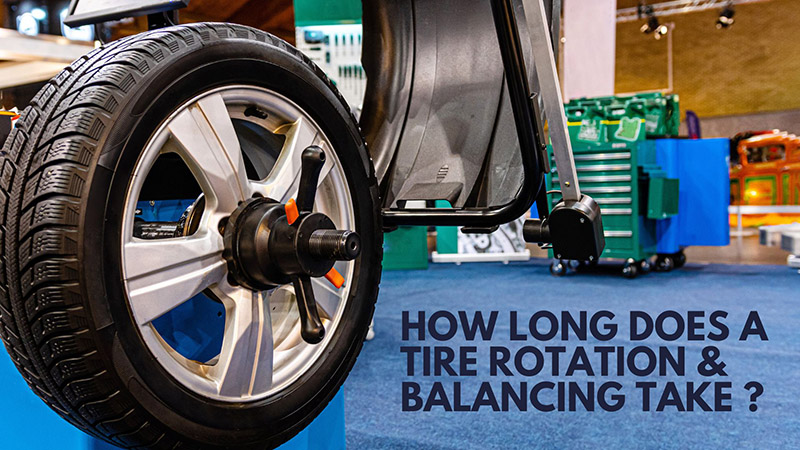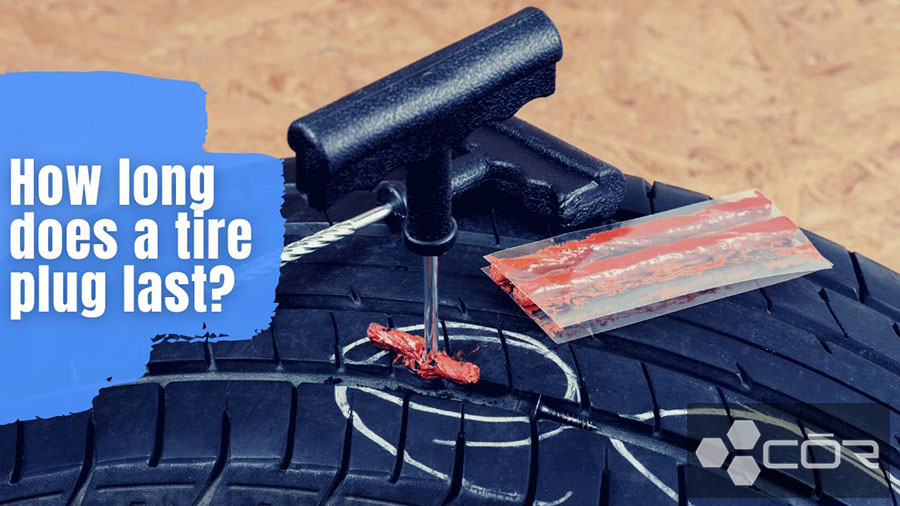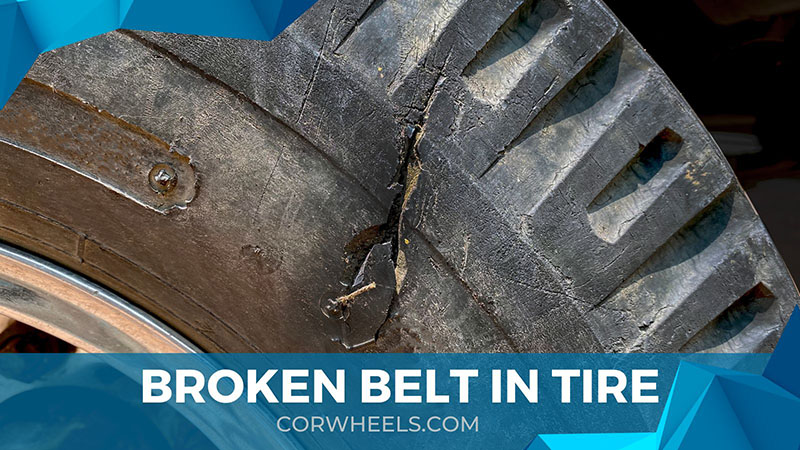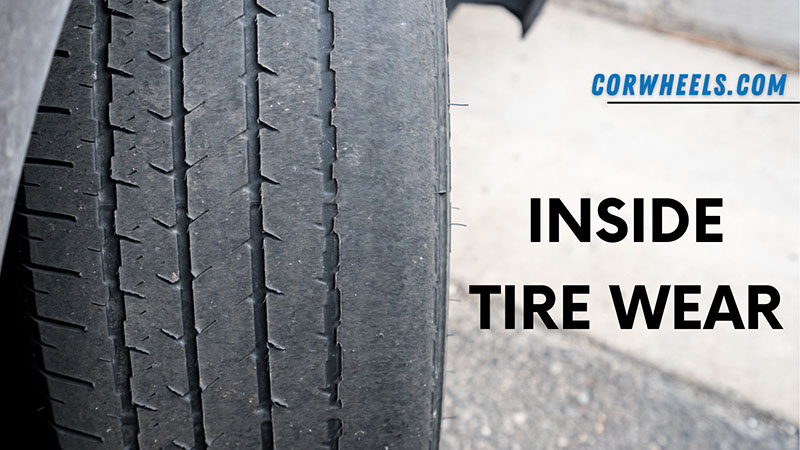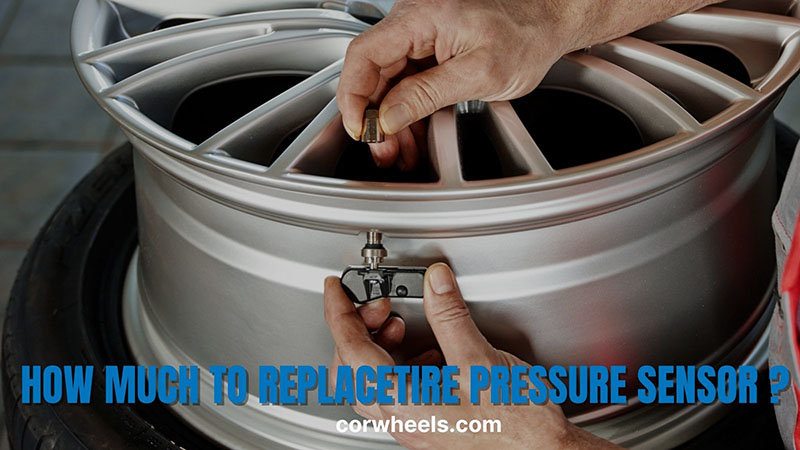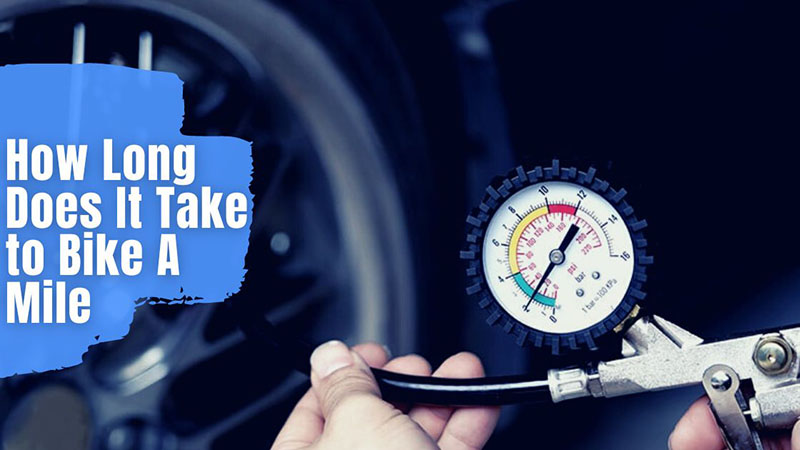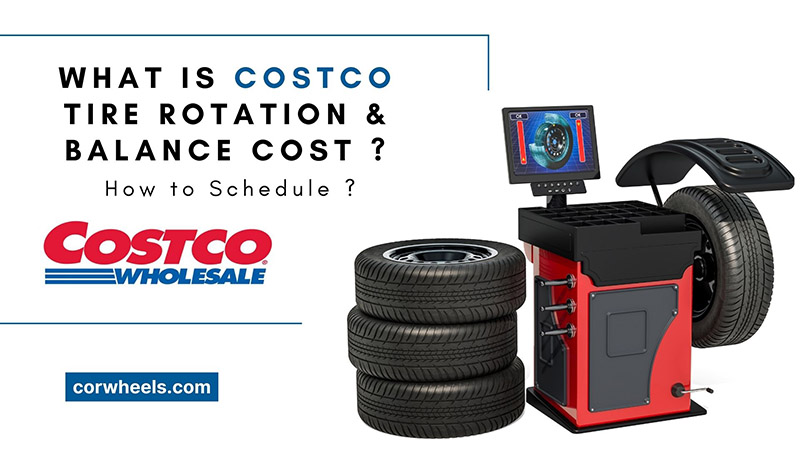Who dares to say that their cars don’t need tire rotations? Except for novice vehicle owners (like myself a few years back), no one would underestimate the power of regularly rotated tires.
The only lingering issue, however, is the time; many of my friends tell me they barely have any free room left in their schedule for a tire rotation.
Is that true, though? Does tire rotation really take that much of your time? Let me address this dilemma once and for all.
In this article:
How Long Does It Take to Get Your Tires Rotated?
Estimated ranges vary across common services and brands, but you can rest assured that the process demands no more than one hour (mostly 45 minutes). Also, keep in mind that there are numerous critical factors at play, such as:
- Is your car model modern or old? The older it is, the more difficult for tire repair technicians to get around the trickier parts of the tire installation.
- Do you need to address other issues first before getting to the rotation?
- Are the mechanics busy with other customers at the time?
Take my trip to Walmart last year as an example. If only the waitlist was not too long, I could have had my car done in less than thirty minutes. Too bad I didn’t come at a good time; there were so many people in line that I had to wait for almost 2 hours.
And for people who are in need of a more comprehensive comparison between different tire shops, I hope this sum-up chart could be of help:
| Brand | Rotation Time (Estimated) |
| Valvoline | 20 minutes |
| Jiffy Lube | 30-45 minutes |
| Walmart | 30 minutes – 1 hour |
| Costco | 1 hour |
| Firestone | 1 hour |
| Discount Tire | 1 hour |
What Affects The Rotation Time?
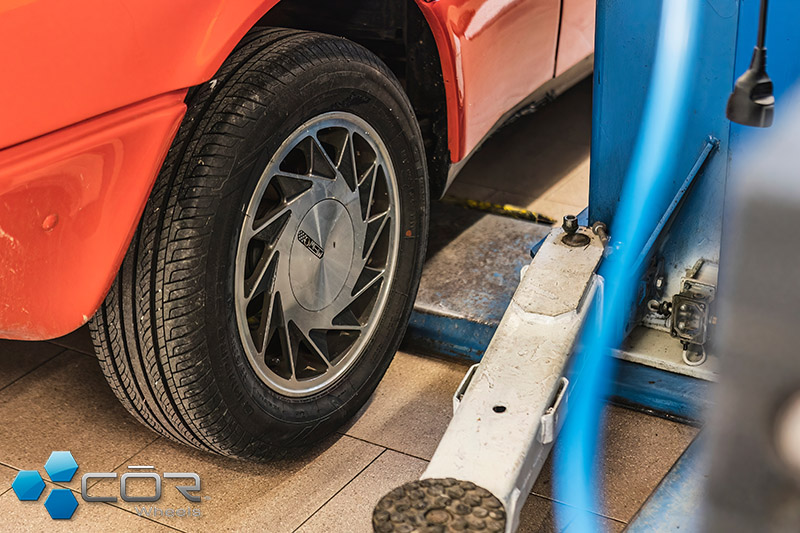
The number of waitlisted guests, other car issues etc., play a critical part in deciding the rotation time needed, but they are only the small cogs in the wheel. Let’s dig all the relevant aspects more deeply:
Vehicle Type
I have had a handful of experiences with front-wheel drive vehicles like the Honda Accord or Honda Civic – and trust me, their tires are a pain to rotate and way more time-consuming than other models.
How so? Their front/rear axles rarely have uniform tire sizes, which demands them to be uninstalled and relocated in specific orders to ensure proper positions.
Meanwhile, with 4WD or AWD, I only needed to move the wheels from one side to another.
Chosen Method/ Tire Rotation Pattern
To each their own, but from my perspective, cross-rotation (swapping the tires so they end up being installed on different vehicle corners) is the fastest and easiest method.
Unfortunately, higher-end cars often demand more complex patterns than that, which results in a longer period of time for rotation. For the life of me, I could not imagine spending that much time in an automobile shop.
When and How Often Should You Rotate Tires?
It would be best to ask your tire manufacturers directly about the matter. However, I bet their recommended service intervals would never fall out of the 5000-to-7500-mile range. (In short, the rule of thumb is to rotate the tires every 5000-7500 miles).
My family always sticks close to this regular rotation schedule since we first purchased our Honda – and always remember to perform other upkeep tasks besides regular tire rotation. The car has never failed us for years, even in harsher conditions.
Still, please note that malfunction and defect symptoms might come much earlier than the 5000-mile benchmark, requiring you to have the tires rotated as soon as possible. If you spot any of these issues on the car, it’s time to give both your main and spare tires some good treatments:
Uneven Tread Wear
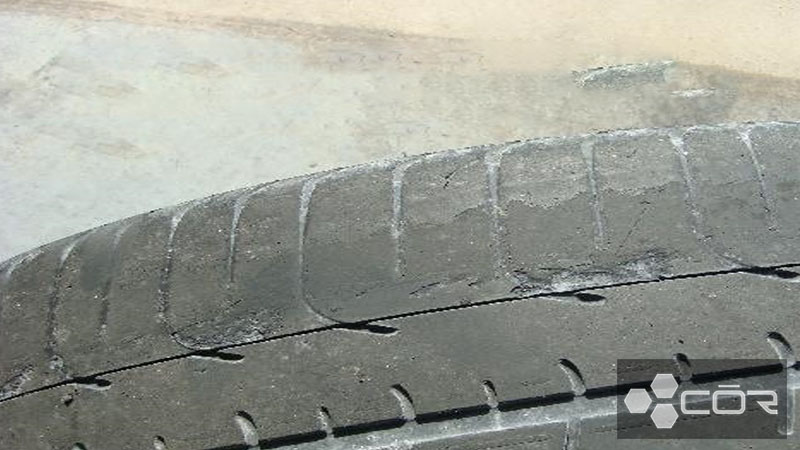
Some of my readers used to ask me, “What, isn’t tire wear completely normal?. Well, it is – but the problem is, it’s your duty to keep the wear consistent and even.
And that, I admit, is not always the easiest task. Despite having my Honda for almost a decade, I always struggle with the front tires – which wear down much, much faster than their rear counterparts. After all, they have so many responsibilities to bear:
- Handling the entire vehicle’s weight with an overhead engine compartment
- Directing the car every time it turns (and uh, leaving tons of rubber on the ground)
- Doing most braking tasks as the car shifts forwards
And all the rear tires must do is follow the front’s lead. Due to this significant difference in workloads, no wonder my car often undergoes imbalanced tire wear.
Always bring the car out to compare the tire’s tread depths at least once per week. When the tread inconsistency gets out of hand and barely any tread life is left, have the car rotated and serviced immediately. If needed, replace all four tires.
Considerable Vibrating
Unless you live in Northeast Fresno like me – a city notorious for bumps and holes – then your rides are supposed to stay comfortable and smooth ALL the time without unnatural shimmying or vibrations.
Otherwise, they are clear indicators of at least one tire wearing unevenly. Failure to treat them as soon as possible might lead to even more horrendous issues.
Worse, accidents are on the horizon. It happened to me once, as I mistook the tire’s vibrations for the usual road bumps. Damn you, Northeast Fresno and your cursed streets.
Loss of Air Pressure
Does your tire lose air pressure without reason? Yes? Then chances are the car tires need rotating.
And no, do not assume that the tire with uneven wear is the one losing its pressure; it wouldn’t hurt to inspect all four. In one of my cases, the tire was underinflated since it must support more car weight than usual to compensate for the other three badly-shaped tires.
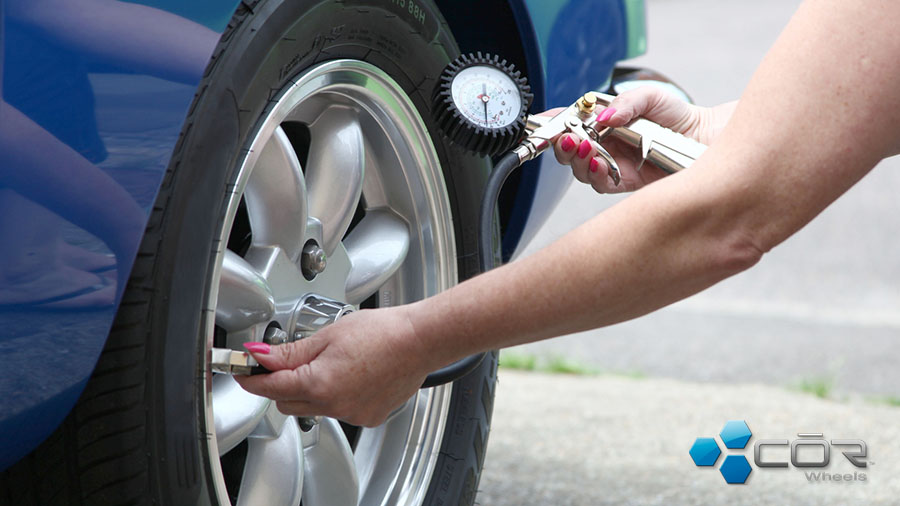
Tips to Rotate Tires Correctly and Fast On Your Own
Doing it on your own is definitely more tiresome. But at the very least, keep in mind these three tips to speed up the process a little:
- Have every tool ready. Do not wait until the rotation has begun to double-check whether anything is missing. Ensure jack stands/jacks, torque wrench and lug wrench are prepared before you go.
- Choose a level and flat surface. Not only does it smooth out the rotation, but you can also sidestep the risk of tipping over the car and its rear axles.
- Ask for a second helping hand if needed. Why suffer alone when you can get some support from your dad, uncle, or even a friendly neighbor?
FAQs
Are Tire Balancing and Rotation Worth It?
Yes; they are the key for a longer tire life. And forgive me if I say this, but those asking this question clearly have never driven their cars for more than a few hundred miles.
Is It Okay To Rotate Tires Only Once A Year?
Yes, if you barely use the car (Americans drive 13,000-14,000 miles annually on average, meaning twice a year is preferable). My wife still has to take her Jeep out every year for a quick process of tire care despite only driving it… erm, once?
Conclusion
I hope this insightful guide has already covered it all. Have fun with your smoother rides, and write to me or a vehicle manufacturer if you still have more questions about these tire types.

